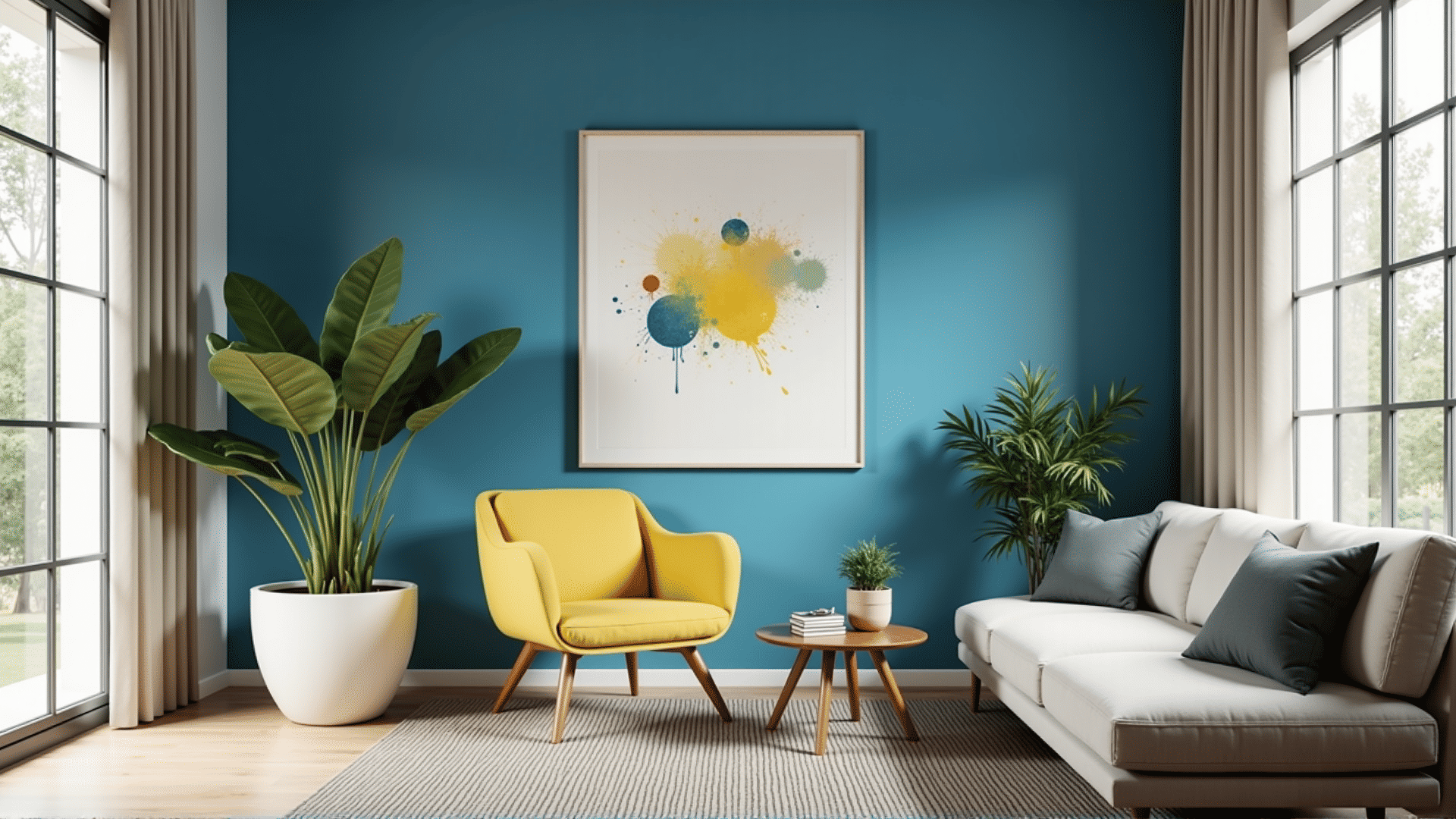In the realm of home design, color is a powerful tool that influences emotions, sets the mood, and creates a sense of harmony within our living spaces. The colors chosen for various rooms can greatly affect how inhabitants feel and interact with each space. Understanding the psychological influence of different hues can help in creating an environment that is both aesthetically pleasing and emotionally supportive.
Calming Blues
Blue is often associated with tranquility and calmness. It is a preferred choice for bedrooms or bathrooms where relaxation and serenity are desired. Light shades of blue can make a space feel more expansive and airy, while deeper hues can provide a sense of depth and sophistication. Blue is said to lower blood pressure and slow down breathing and heart rate, making it an excellent choice for spaces meant for relaxation.
Energizing Yellows
On the opposite end of the spectrum, yellow evokes energy and cheerfulness. It is a color that can stimulate creativity and encourage communication, making it ideal for kitchens and dining rooms where social interaction often occurs. A bright yellow accent wall or decor can bring warmth and positivity to a space, although it is suggested to use it sparingly to avoid overstimulation.
Soothing Greens
Green symbolizes nature and renewal. It embodies a balanced and calming energy, akin to a breath of fresh air. This makes it a versatile choice for almost any room, particularly living rooms or home offices where focus and calm concentration are needed. The ability of green to soothe the senses makes it an ideal backdrop for rooms where people gather and unwind.
Passionate Reds
Red is bold and full of energy. It is known to stimulate the senses and is often associated with passion and excitement. Red can increase energy levels and make a space feel more intimate. Commonly used in dining areas to encourage appetite and conversation, it should be applied thoughtfully to avoid creating an overwhelming environment.
Sophisticated Neutrals
Neutral tones, like beige, taupe, and gray, provide a sophisticated and timeless appeal. These colors offer versatility, allowing for easy changes in decor and accessories over time. Neutral colors serve as a perfect backdrop that can be dressed up with bold accents, enabling homeowners to experiment with other color palettes without committing to a long-term scheme.
Playful Pinks and Purples
Pink and purple inject playfulness and whimsy into a room. Shades of pink can range from soft and nurturing to vibrant and lively, making them suitable for spaces intended for relaxation or creativity. Purple, associated with luxury and creativity, can be used in moderation to add a hint of sophistication and mystery.
By understanding the psychological effects of color, individuals can thoughtfully select hues that create a harmonious balance between aesthetics and emotional well-being. It’s not just about what looks appealing, but also about how spaces feel and function. The right color choices can transform a home into a supportive sanctuary, tailored to fit the personal needs and lifestyle of its inhabitants.
